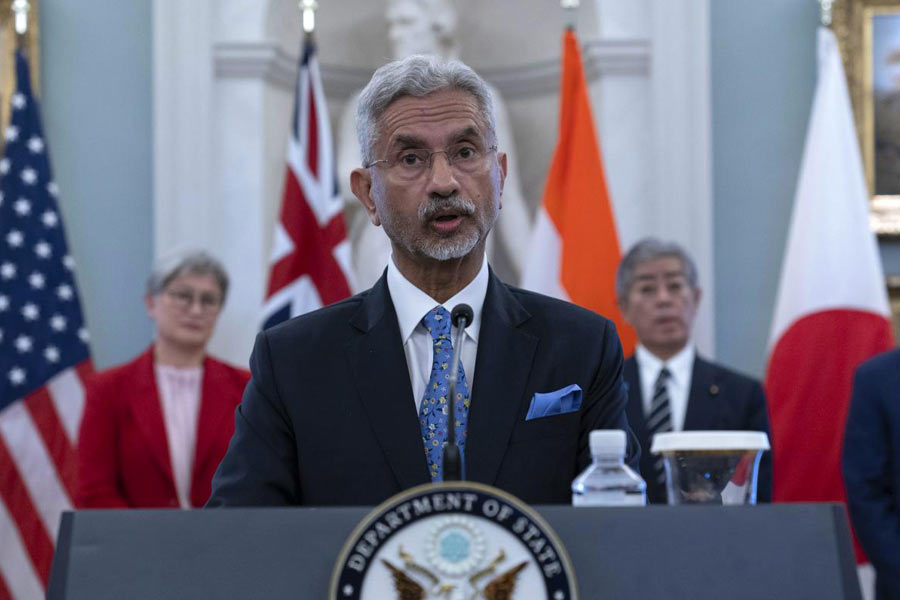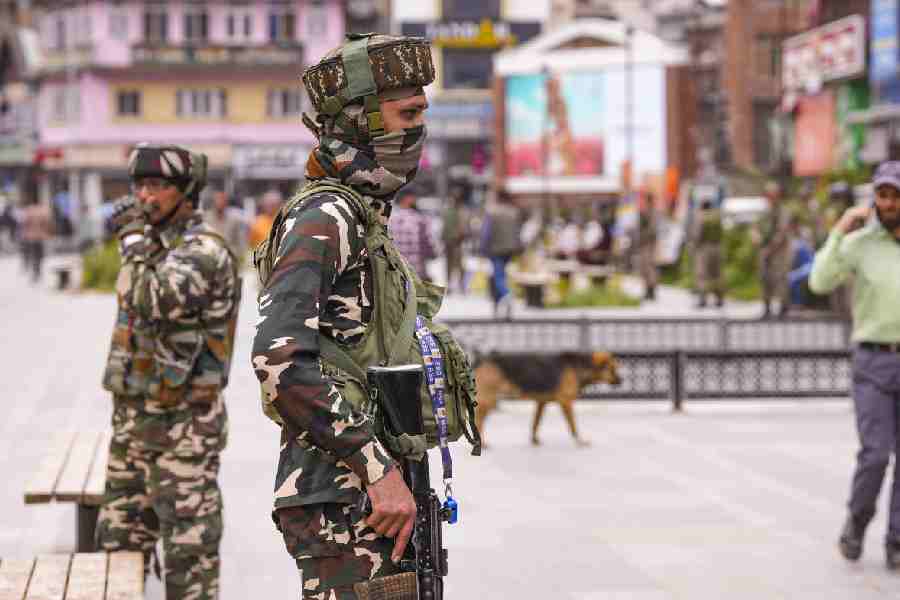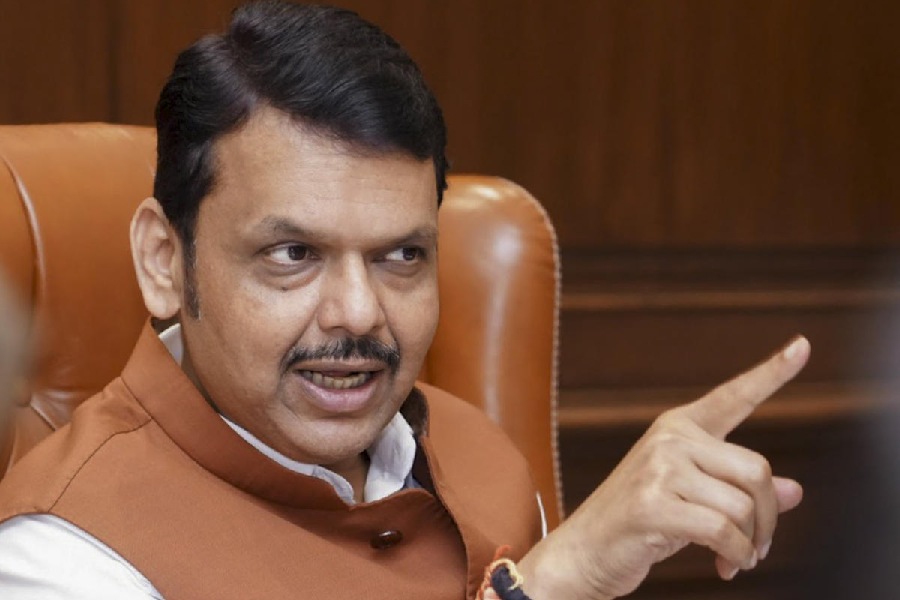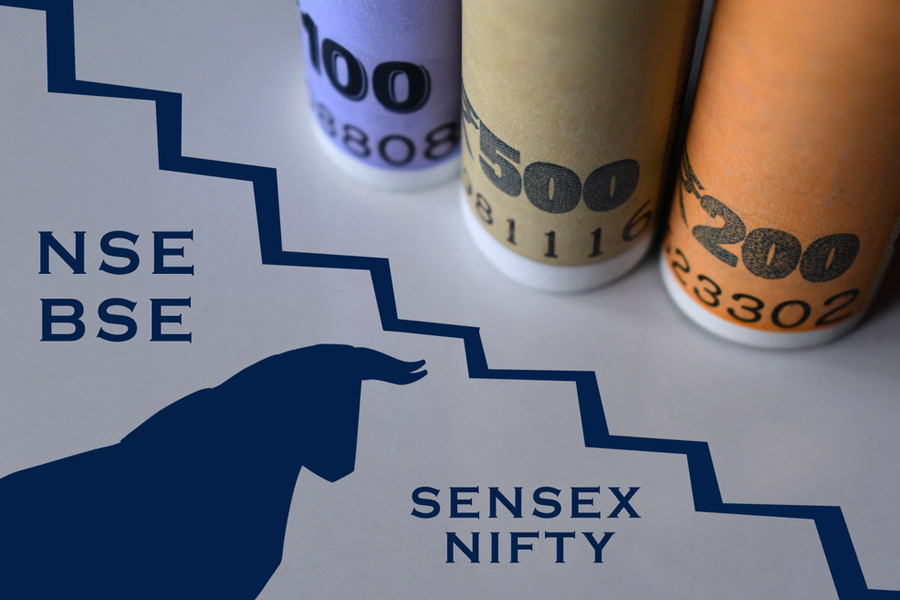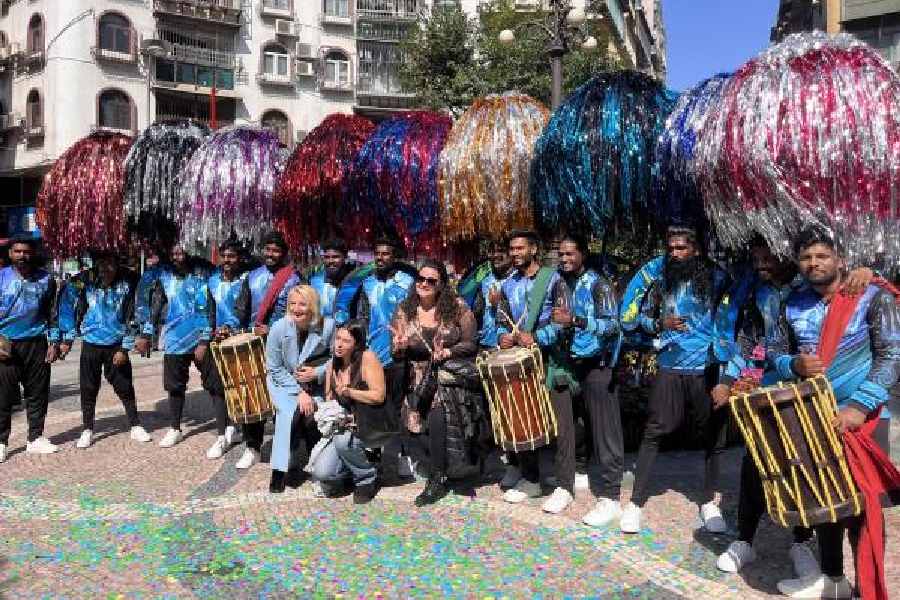 |
 |
| Dinendra Kumar Sengupta. Picture by Pradip Sanyal; (above) Volumes of Vaidyakula Panjika. Picture by Amit Datta |
We Indians live in an egalitarian society and our democratic set-up is enshrined in the Constitution. But as we all know, ground realities are quite different. A hierarchical social order whose logic was expounded in Manusmriti and Manavadharmashastra has not lost its relevance even today. In the course of the last half a century, this rigid social order may have been gradually losing its hold, but as the matrimonial columns in newspapers prove, many Indians have not lost their faith in this inequitable system.
Nonetheless, it must be admitted that a close study of the castes — however reactionary its motive may be — does throw light on how the family tree grows and how branches of the same family travel and settle down in places far, far away from the village to which they may trace their origin. It is a fascinating study akin to the work of a detective and provides a clear picture of the development of cities from what was originally an agrarian set-up.
For a good part of his working life, Dinendra Kumar Sengupta, 83, who lives in Hind Motor in Uttarpara, has been engaged in unearthing the histories of families belonging to the Vaidya clan to which he himself belongs. Loss of memory and failing health have restricted his movement and his capacity to work on his favourite project today, but he has already published five thumping volumes of Vaidyakula Panjika in which innumerable Vaidya family trees are documented.
Sengupta, who lives in retirement with his wife, his daughters all being married, says his family was originally from Sankra village of Kalna in Burdwan district. His school-going days were spent in the house of his maternal uncle at Ketugram in Katwa sub-division of Burdwan. Sengupta was employed in the costing cell of the South Eastern Railway but his passion was compiling Vaidya family histories.
“It was an addiction. I would go around the city, visiting the homes of Vaidayas both high and low. We are a small clan and at one time it used to be close-knit. The families of eminent Vaidyas like that of D. Gooptu of Jorasanko, C.K. Sen and the Malliks of Bhowanipore helped and encouraged me in my work,” says Sengputa. The organisation called Vaidya Bandhab Samity also lent a helping hand. With donations from individuals and organisations, Sengupta ultimately brought out five volumes between 1993 and 2004 with the help of Basudeb Sengupta of Vaidyabandhab Samity, who lives in Telipara Lane of Shyampukur. He deducted the donations from the cost of bringing out the book before deciding on its price — between Rs 80 and Rs 100, depending on size. It is out of print now so he hands out photocopies.
His methodology was simple. He carried a description of a particular family, dug out its place of origin in a village and documented the names of both the male and distaff sides. Families are also classified according to their gotras and districts of origin. Although his documentation is quite detailed it is confined mostly to Vaidyas of West Bengal.
“It is true that the most eminent Vaidyas are from East Bengal, and I must admit I have perforce confined myself to the Vaidyas of West Bengal,” says Dinendra Kumar Sengupta.
The contents page of part one contain a list of districts and the villages therein, followed by a list of towns outside Bengal, whose Vaidya family trees are shown. The arrival of Vaidyas from Karnataka (Ballal Moh Mudgar) is recorded. The preface makes some important points. Dinendra Kumar writes: “In the past, the ancestral priests of royal and zamindar families used to prepare their family trees. This work stopped with the end of the zamindari system. However, work on the family histories of Brahmins, Kayasths and Vaidyas continues. Dr Tribhanga Mohan Sen of Berhampore, Murshidabad district, in 1349 BS published the family trees of Vaidyas in two volumes entitled Kuladarpanam.” He acknowledged his debt to the last-named volume.
The fourth volume explains the meaning of Vaidya. The word, Sengupta writes, is not indicative of varna. “Veda” means knowledge and those born of knowledge are Vaidyas. Tribhanga Mohan Sen listed teaching, learning and study of medical sciences among the pursuits of the Vaidya Brahmins. The fifth volume carries the 1931 census of India.


